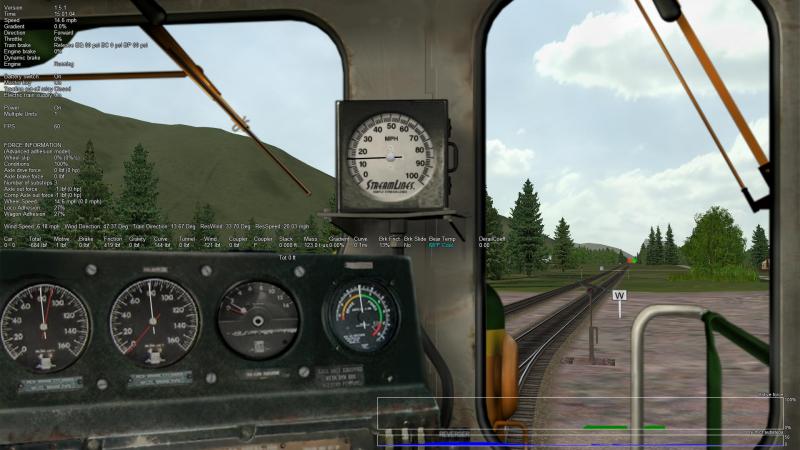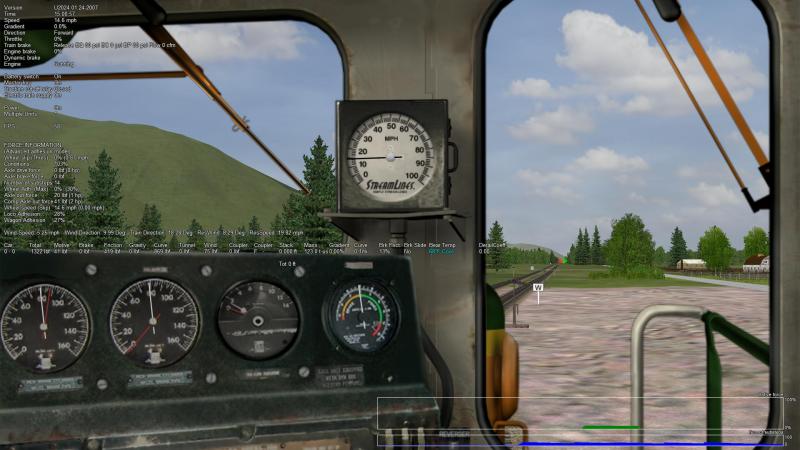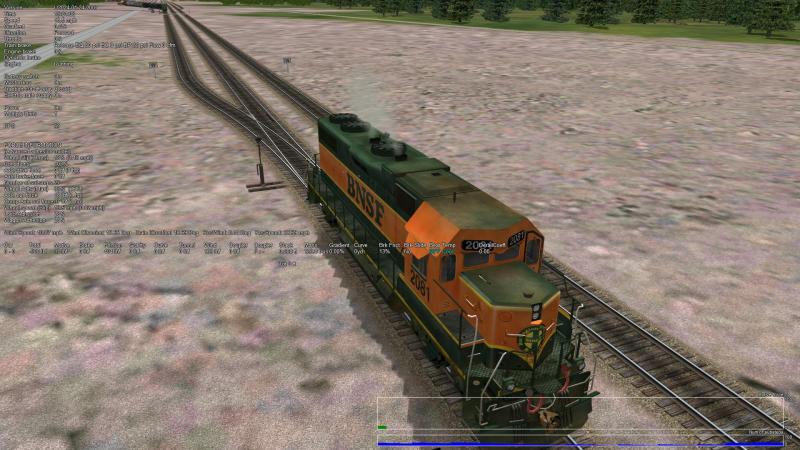 pschlik, on 30 January 2024 - 09:15 AM, said:
pschlik, on 30 January 2024 - 09:15 AM, said:
The "CurveForceControlled" sound curves use the curve friction force as their driving parameter. I feel like I've seen it implied somewhere that the input is the centripetal force, but that's not how it's coded. (If it were centripetal force, then yes there would have been no change with friction.)
What are the "CurveForceControlled" sounds, and how are they activated in OR?
 pschlik, on 30 January 2024 - 09:15 AM, said:
pschlik, on 30 January 2024 - 09:15 AM, said:
Since the curve force has increased compared to previously, soundsets using curve force triggers and curves will find that curve sounds are being triggered prematurely. A force that previously corresponded to a tight curve is now going to occur on even a gentle bend, resulting in all manner of painful squealing when such sounds are reasonably not justified.
I assume that we are talking about Curve Squeal, which is enabled in the TRK file by setting the parameter
ORTSCurveSMSNumber. Is this correct?
If this is the case, it appears to be triggered in the Sound.cs file at approximately line 427. This sound is triggered by the following code, which seems to rely purely on the curve radius and car type as follows.
if ((Car.CurrentCurveRadiusM > 0 && (Car.CurrentCurveRadiusM < 301
|| (Car.CurrentCurveRadiusM < 350 && Car.WagonType == TrainCar.WagonTypes.Freight))) ||
(CarBehind.CurrentCurveRadiusM > 0 && (CarBehind.CurrentCurveRadiusM < 301
|| (CarBehind.CurrentCurveRadiusM < 350 && Car.WagonType == TrainCar.WagonTypes.Freight))))
So I can't find the relevant code that is being impacted by the Curve Friction force. Are you able to point to it?




 Log In
Log In Register Now!
Register Now! Help
Help






